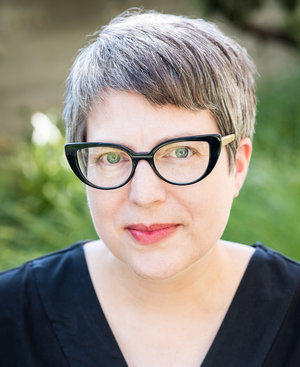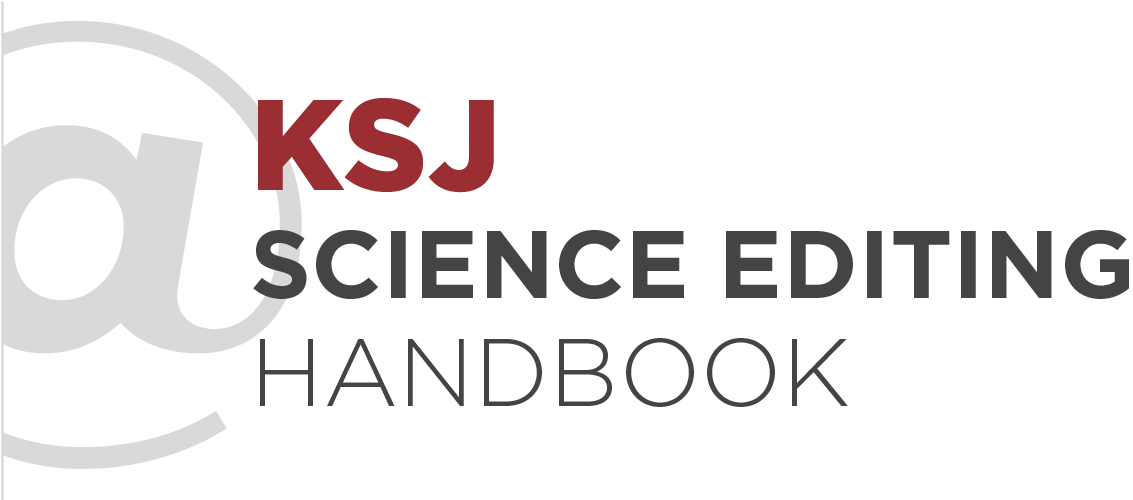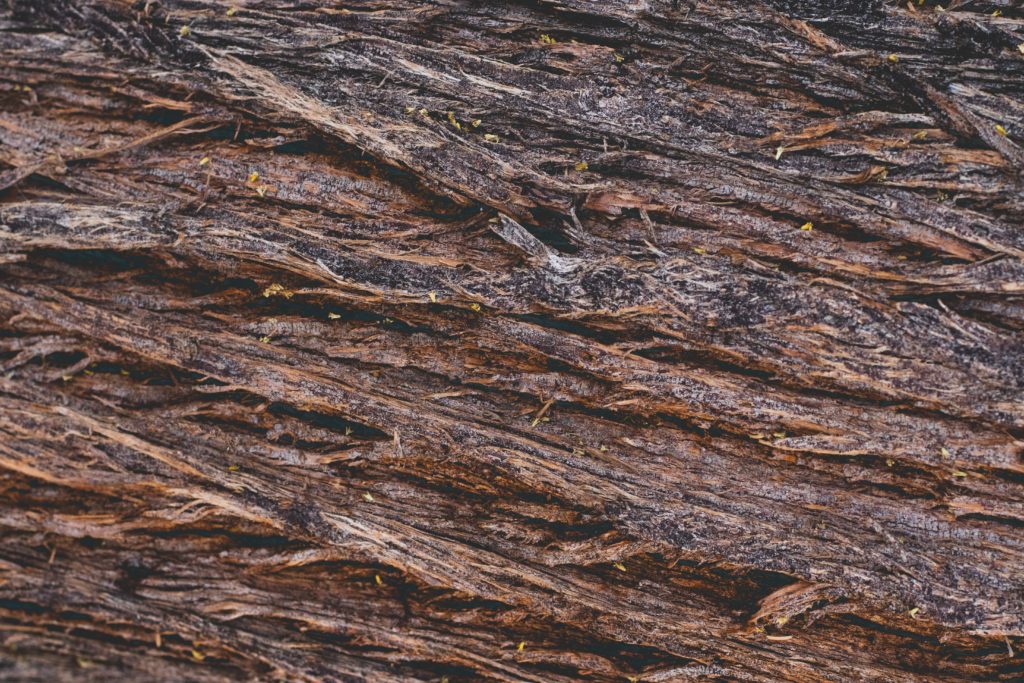- Introduction
- How Science Works
- Sources and Experts: Where to Find Them and How to Vet Them
- Making Sense of Science Stats
- Editing for Story
- Editing Controversial Science
- Holding Science to Account
- Covering Health Care
- Climate and the Environment
- Fact-Checking Science Journalism: How to Make Sure Your Stories Are True
-
Illustrating Complex Science Stories
- Introduction
- The Role of Visuals in Science Journalism
- The Process of Building Science-Centric Graphics
- Strategies for Using Visuals to Put Breaking Science in Context
- Special Considerations for Data Visualization
- Uncertainty and Misinformation
- Editorial Illustration, Photography, and Moving Images
- Additional Reading and Resources
- About the Author
- Social Media and Reader Engagement
- Popular Science
- Misinformation
- Op-Eds and Essays
- About This Handbook
About the Author

Jen Christiansen is senior graphics editor at Scientific American, where she art-directs and produces illustrated explanatory diagrams and data visualizations. She began her publishing career in 1996 at Scientific American, in New York, moved to Washington to join the staff of National Geographic (first as an assistant art director/researcher and then as a designer), spent four years as a freelance science communicator, and returned to Scientific American in 2007. Jen writes and presents on topics ranging from visualizing uncertainty to her quest to learn more about the pulsar chart on Joy Division’s Unknown Pleasures album cover. She holds a graduate certificate in science communication from the University of California at Santa Cruz and a B.A. in geology and studio art from Smith College.


